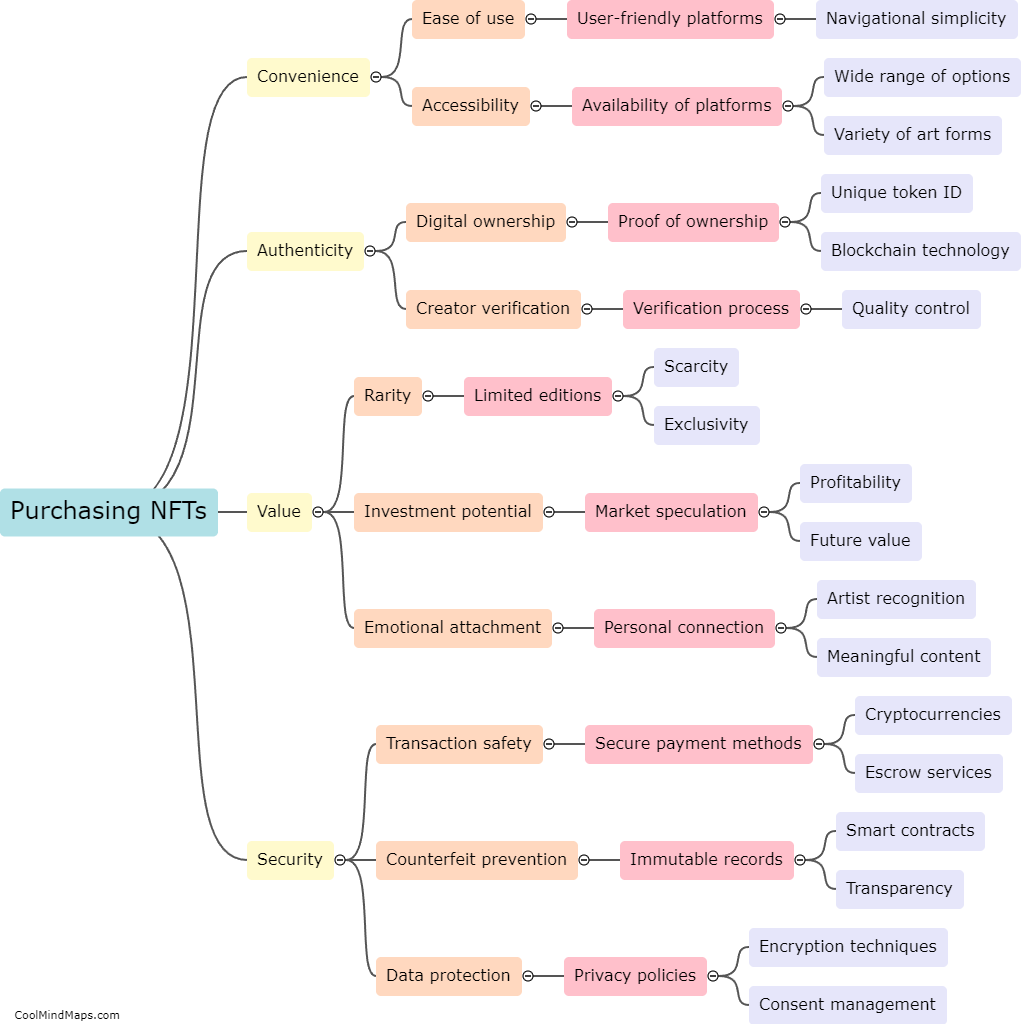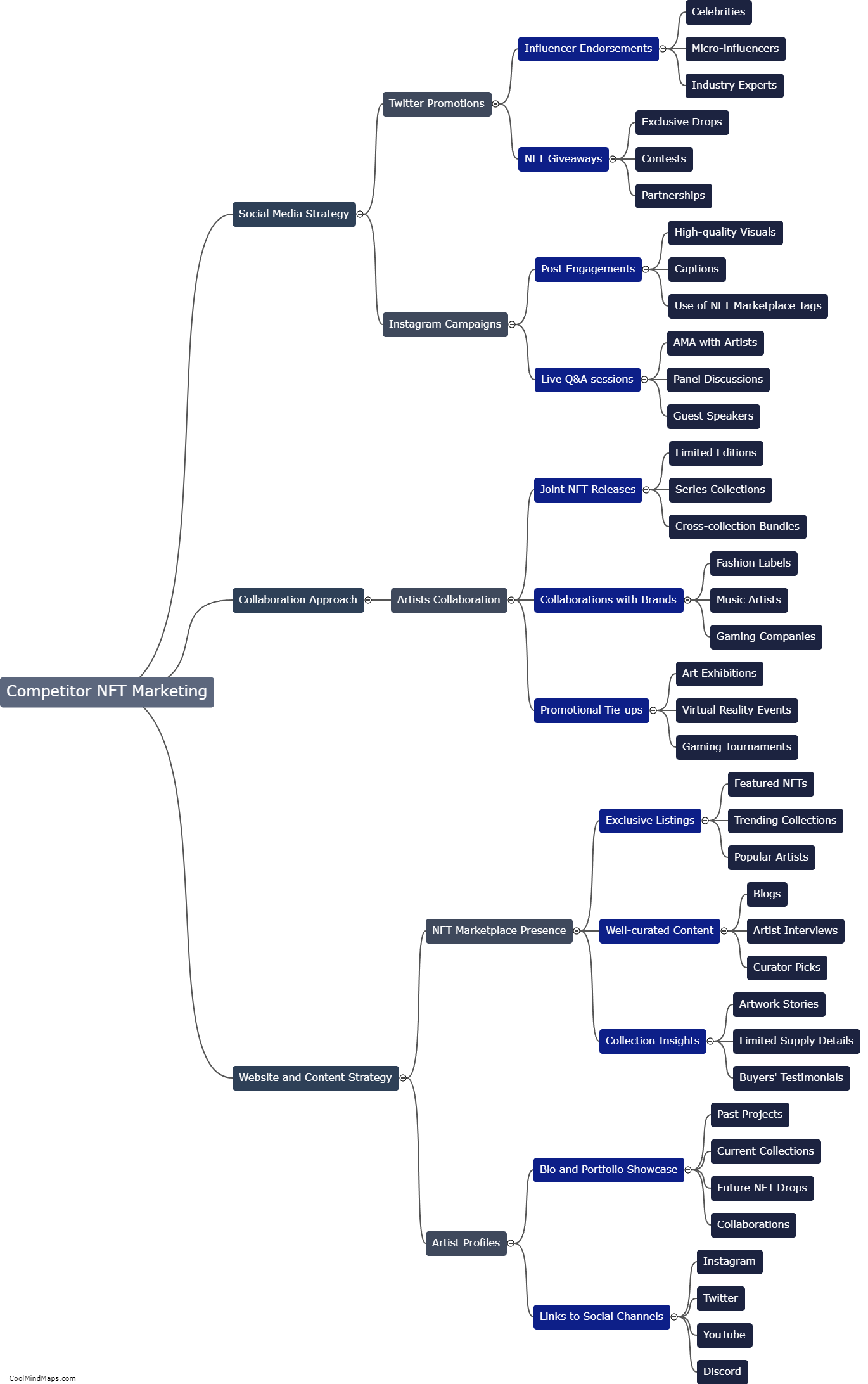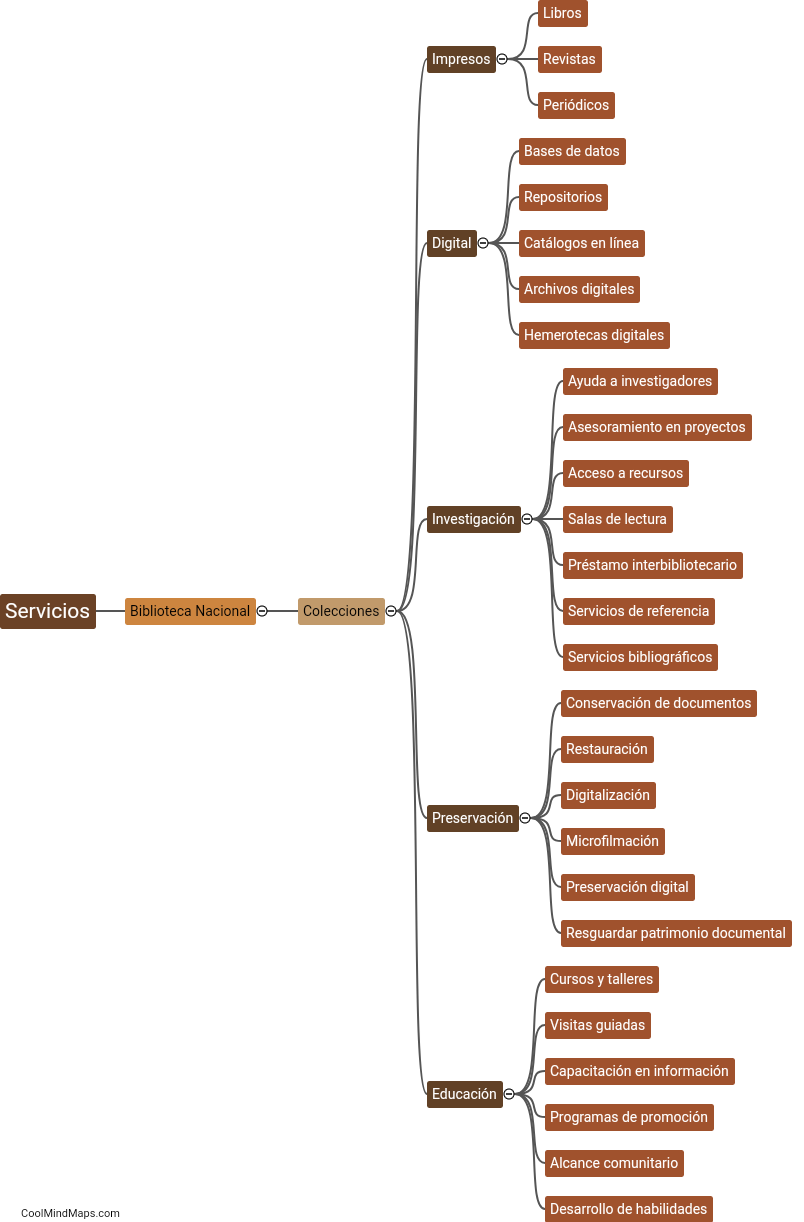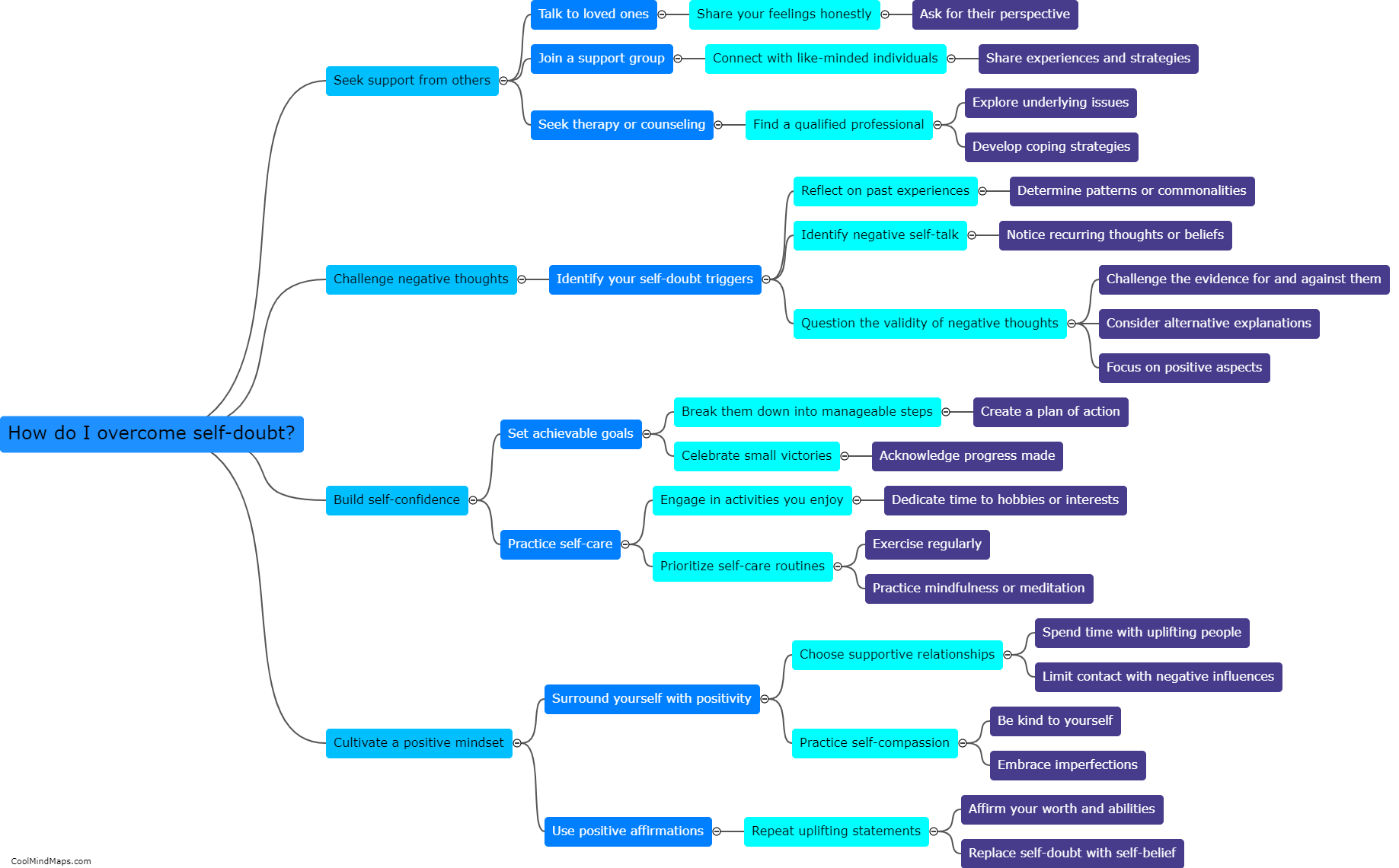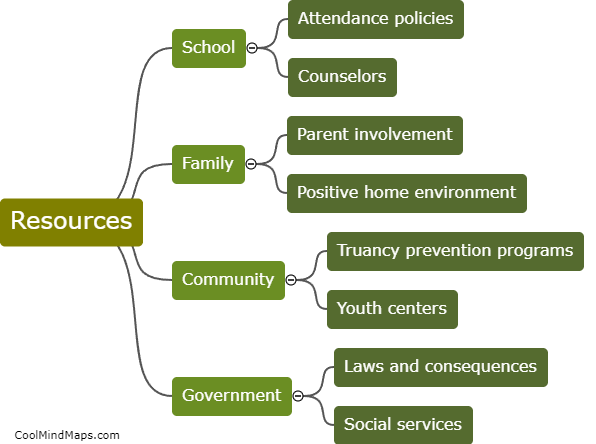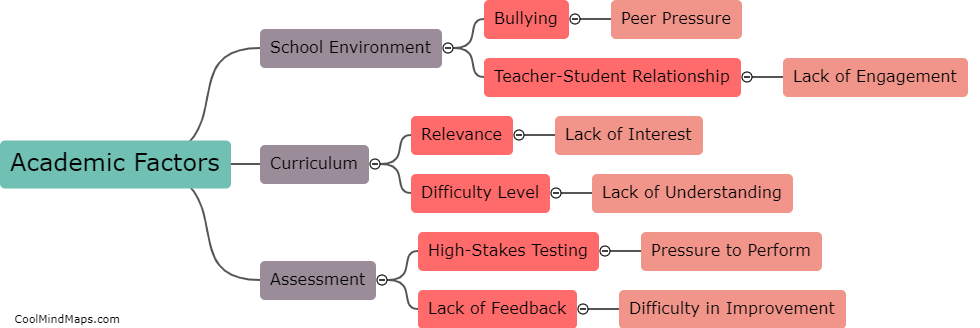What strategies can be used to prevent truancy?
There are several strategies that can be employed to prevent truancy among students. One effective approach is implementing proactive and engaging school environments that foster student motivation, connection, and involvement. This can be achieved through personalized learning experiences, extracurricular activities, and mentorship programs. Additionally, regular monitoring and tracking of attendance can help identify patterns and address issues promptly. Collaborative efforts involving educators, parents, and community members are crucial in creating a support system, where early intervention measures can be implemented to tackle underlying causes of truancy, such as bullying, mental health issues, or family problems. Educational campaigns, workshops, and seminars targeting students, parents, and school staff can also be beneficial in raising awareness about the importance of attendance and the negative consequences of truancy. Overall, employing a multi-faceted approach that focuses on prevention rather than punishment is key to reducing truancy rates and ensuring students' academic success.
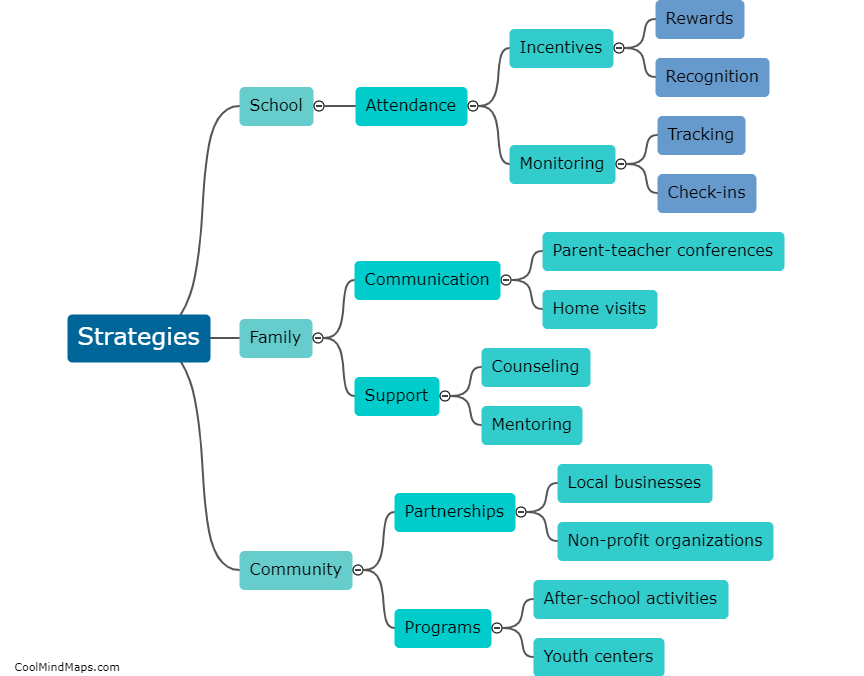
This mind map was published on 7 August 2023 and has been viewed 141 times.




